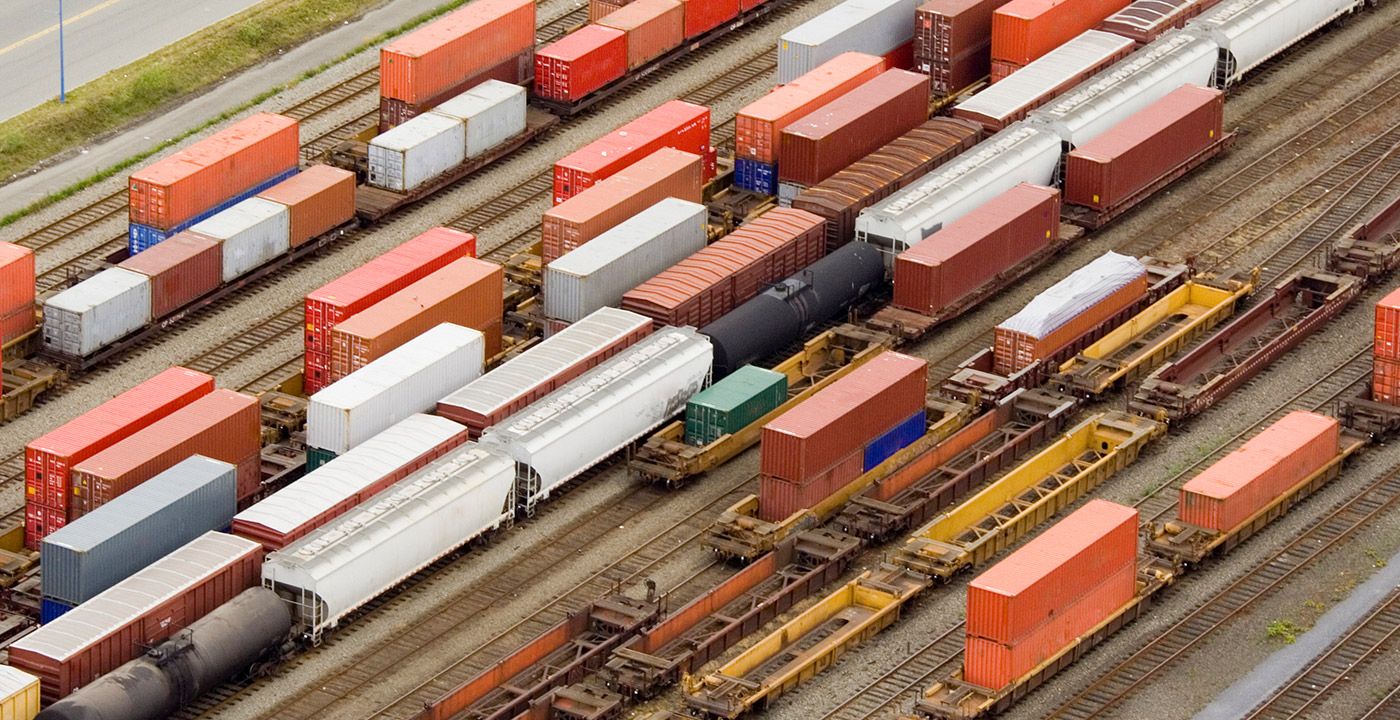
As a business owner or professional in the supply chain industry, you've most likely encountered issues with getting your shipment to its destination on time. From weather delays to traffic and carrier mistakes, it often feels like you have little control of the process.
However, you do play a critical role in helping to ensure that your business can avoid late deliveries that can cause supply chain disruptions or lead to angry calls from customers. With that in mind, consider these four great practices that you can easily implement into your freight management strategy that will help you avoid late deliveries.
1) Communicate With Your Carrier
The transportation industry is driven by supply-and-demand. When the market experiences tightened capacity, you and your carrier should be working closely together as partners to identify solutions so that you can avoid late deliveries or other transportation hang-ups.
With that in mind, seek out carriers that emphasize customer service and are willing to help you plan beyond simply scheduling a pickup.
For example, if you ship in volume, communicate with your carrier in advance so that they can plan ahead to be flexible to your needs. In the end, your supply chain's performance will ultimately come down to how well you and your service providers work together.
#ShipperProTip: Find out if your carrier has the ability to flex up resources to meet demand. Capabilities such as truckload brokerage services can help accommodate capacity crunches or emergency needs.
2) Accurate Documentation on your BOL
Another important freight management practice that can help you avoid late deliveries is ensuring the information that you supply your carrier is accurate—particularly when it comes to the Bill of Lading (BOL).
Your BOL should be the "mirror of your shipment," meaning that it accurately reflects:
(1) What the shipment is
(2) Commodity classification
(3) Shipment weight
(4) How it is packaged
(5) How it is labeled
(6) Contact information
(7) Any special delivery instructions
The information that you put on your BOL is transferred digitally into the carrier's transportation management system, which plays an important role in shipment planning.
When inaccuracies are discovered—such as discrepancies in weight, number of pieces or commodity code—your carrier will have to pull it from transit to address the issue.
3) LABELING
Labeling your shipment properly is not only beneficial to your carrier; it's also beneficial to your consignee. Many consignees will not even accept a shipment if it is not labeled according to the terms of your agreement.
Additionally, retail suppliers can be penalized with costly chargeback fines for not applying the correct labels in the right position on freight that is headed to a distribution center.
#ShipperProTip: If you're a retail supplier, you may be interested in learning more about the best practices for reducing chargeback fines.
4) PACKAGING for Transport
Last but not least, packaging plays a crucial role in freight management practices that can help you avoid late deliveries.
As your shipment travels to its destination, a shipment may be handled multiple times. This is particularly true with long-haul less-than-truckload shipments that may switch trailers during transit.
It's important that your freight is packaged securely for loading and unloading by forklift. For example, if a pallet is loaded top-heavy, it could tip over.
Likewise, freight will inevitably shift a little while a trailer is in motion. Your carrier will do everything possible to load the trailer with proper stabilization and dunnage to prevent shifting and damage in transit. Freight that is packaged securely from the shipper will ensure that the possibility of freight shifting remains at a minimum.
If freight is found to be insecure for transport, your carrier will generally address the problem by repackaging it. This is a necessary procedure to ensure that every customer's shipment is protected from potential damages in transit caused by another customer's freight. If your carrier has to repackage your shipment, the additional time taken may result in a late delivery.
Additionally, it is vital that shippers use proper packaging techniques in order to ensure that a shipment arrives to its final destination damage-free. You can learn more about freight management packaging by downloading Averitt's free freight protection guide.







